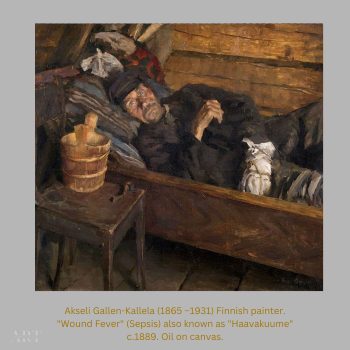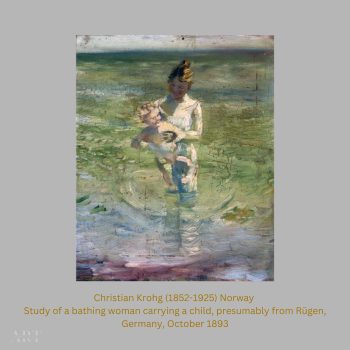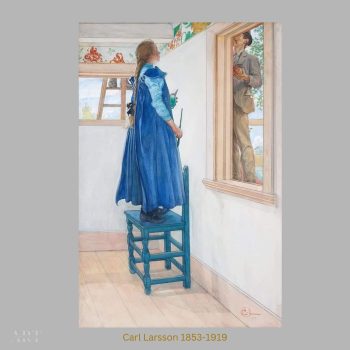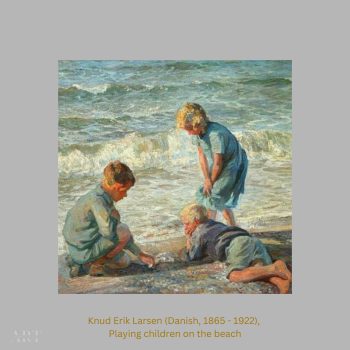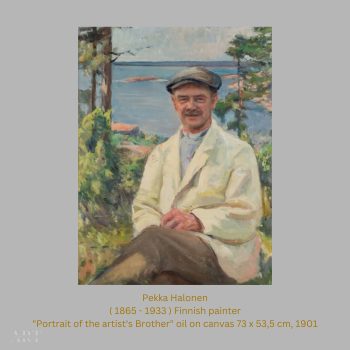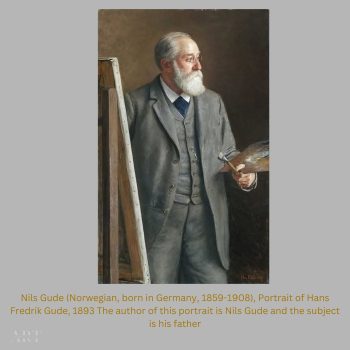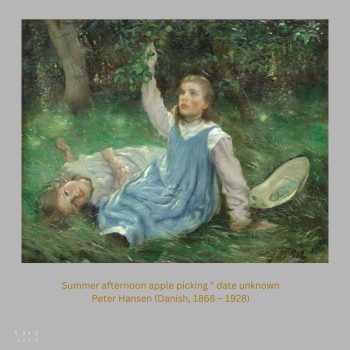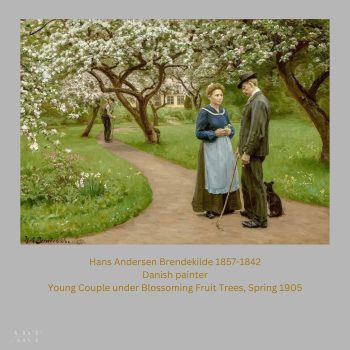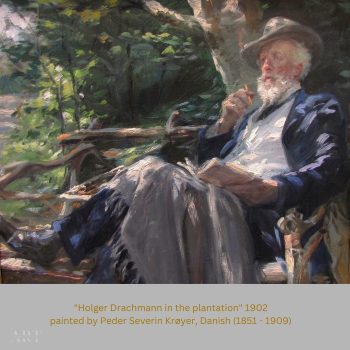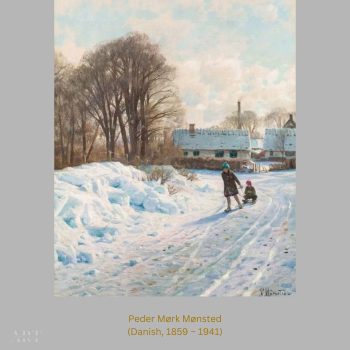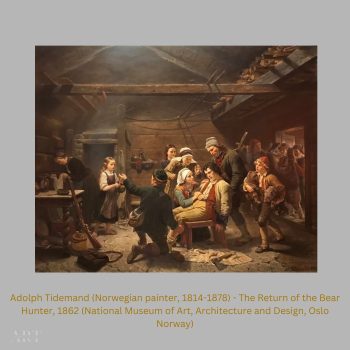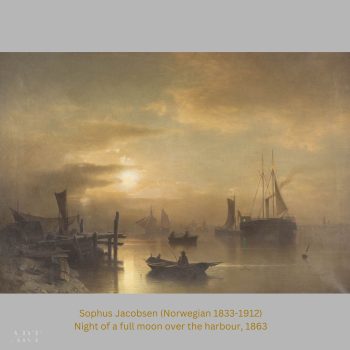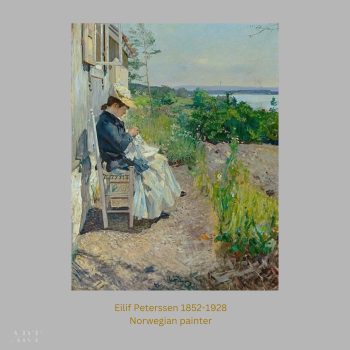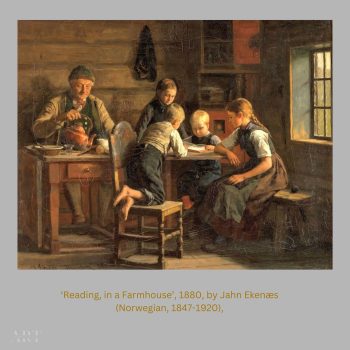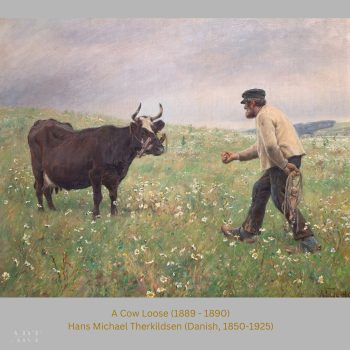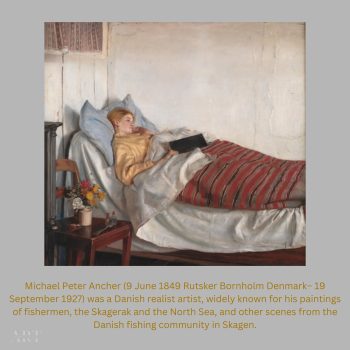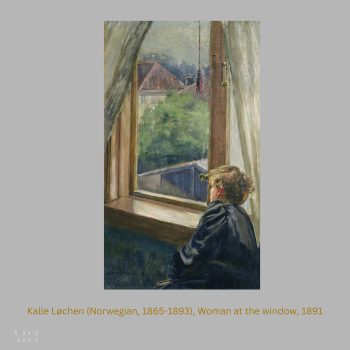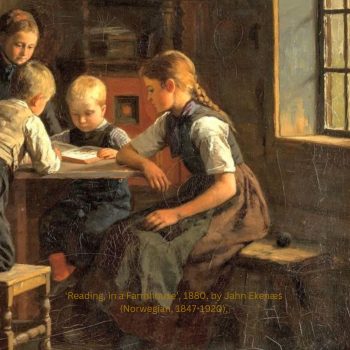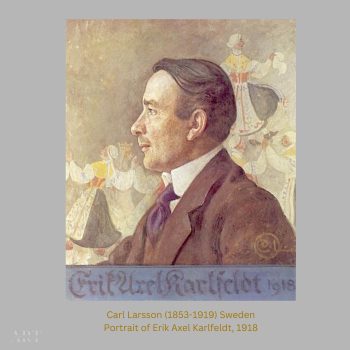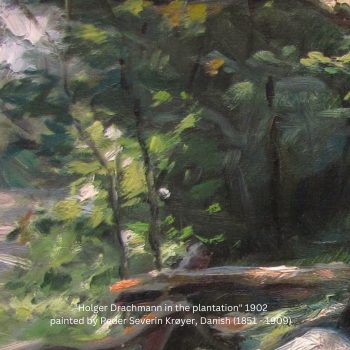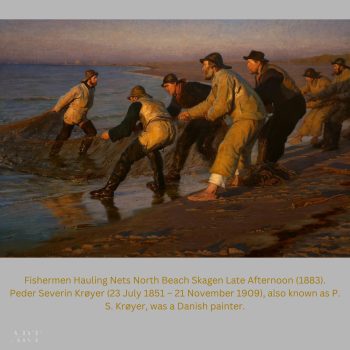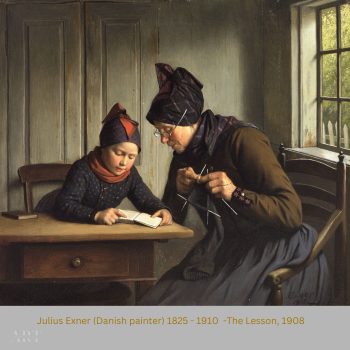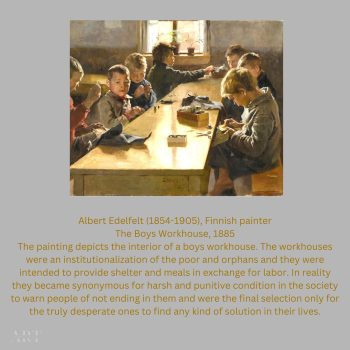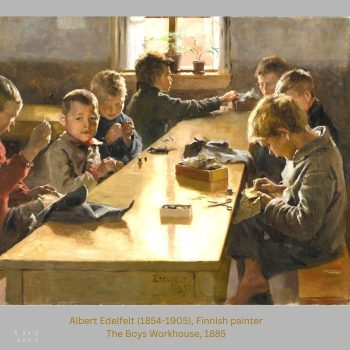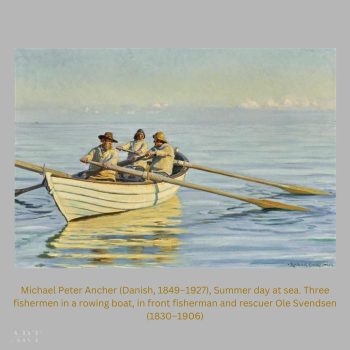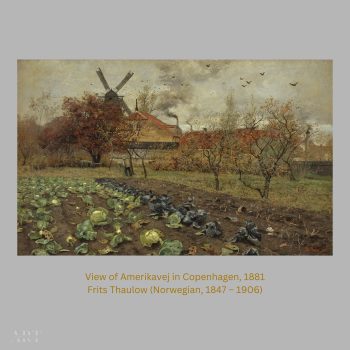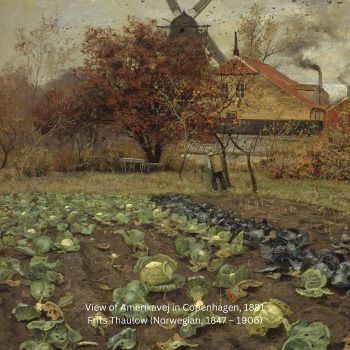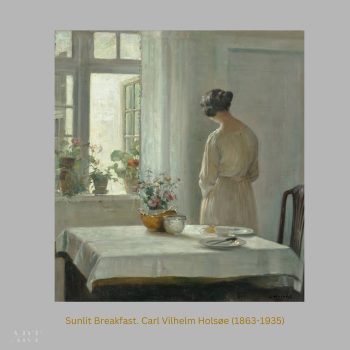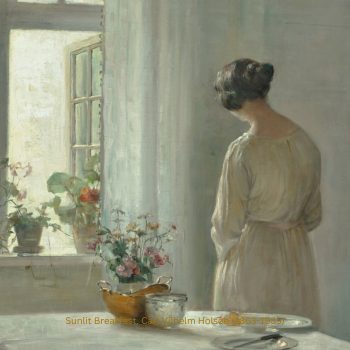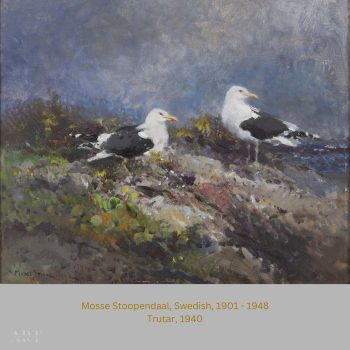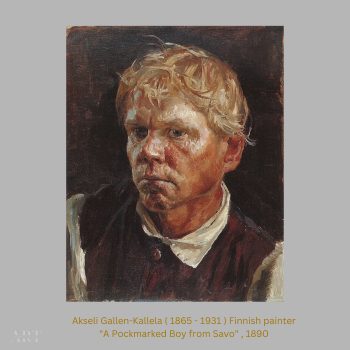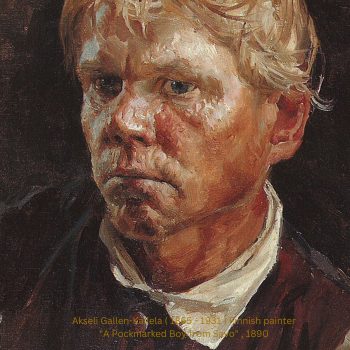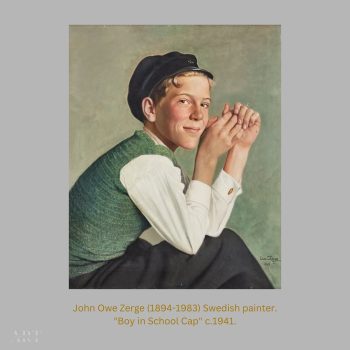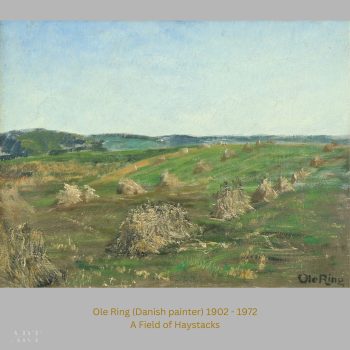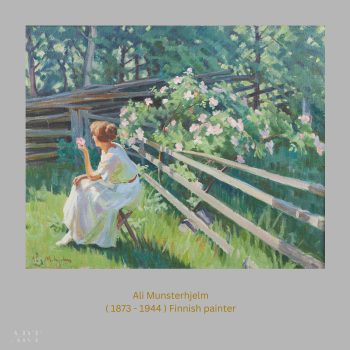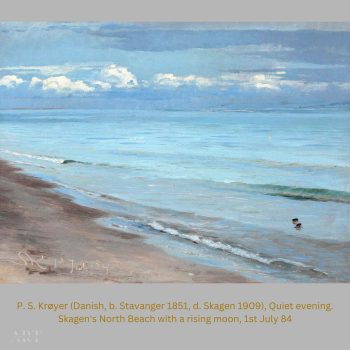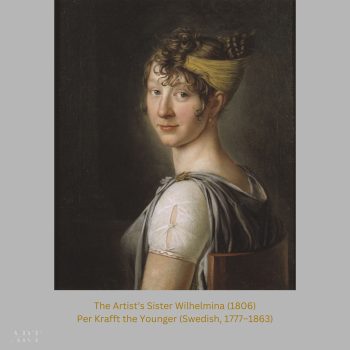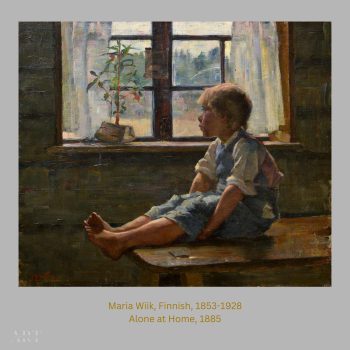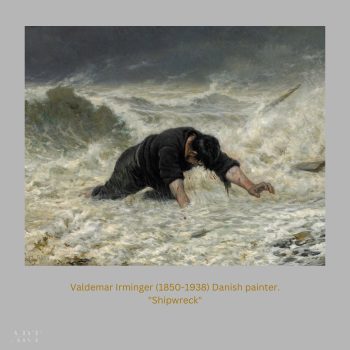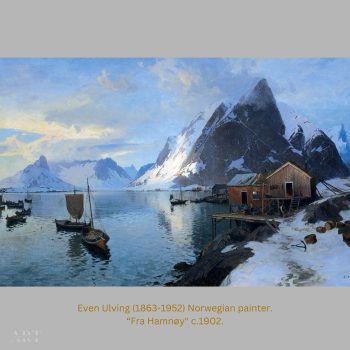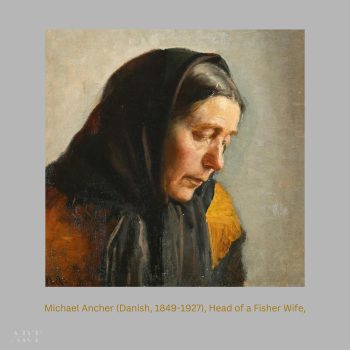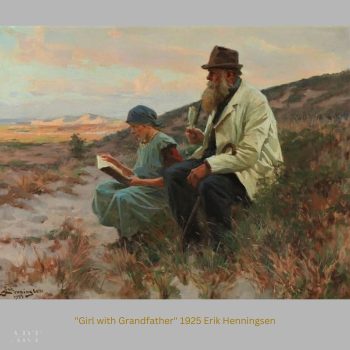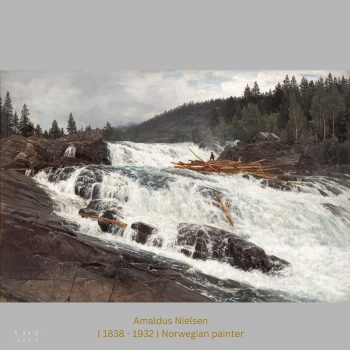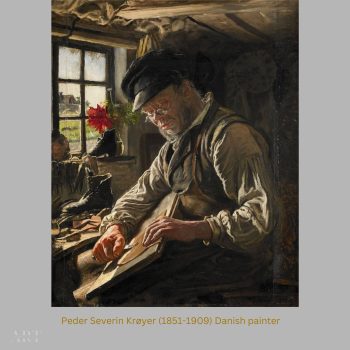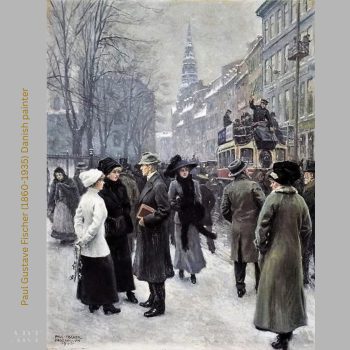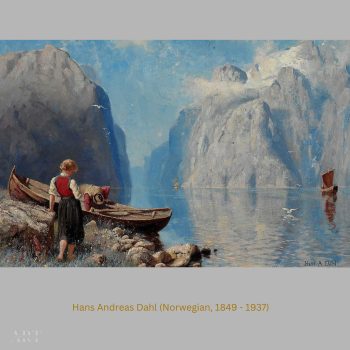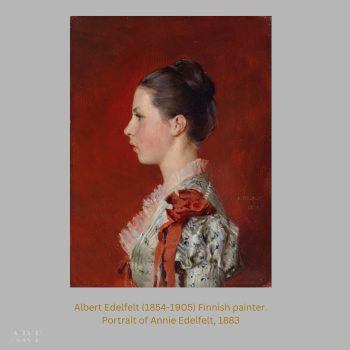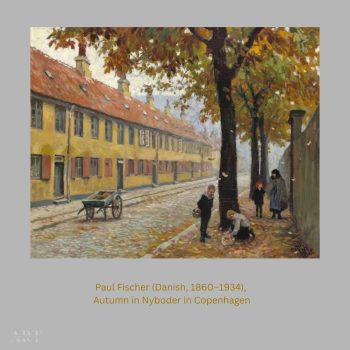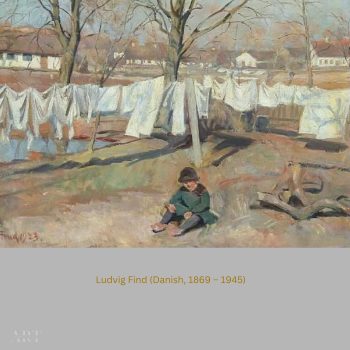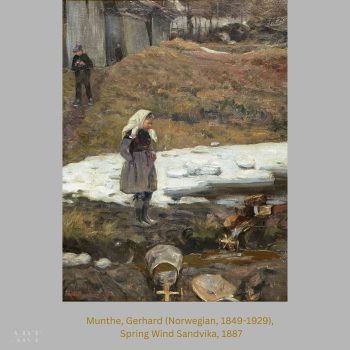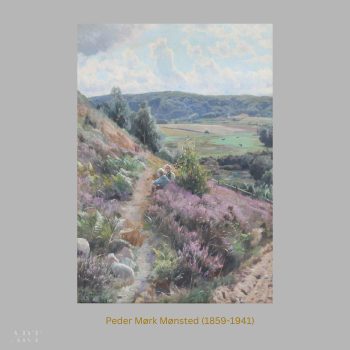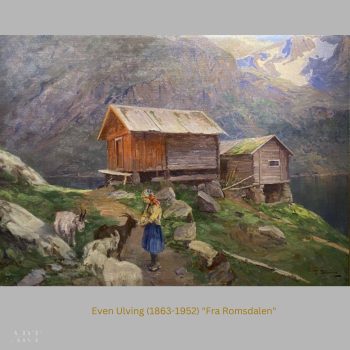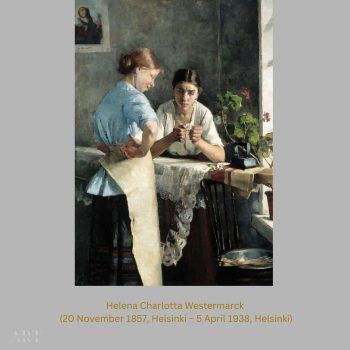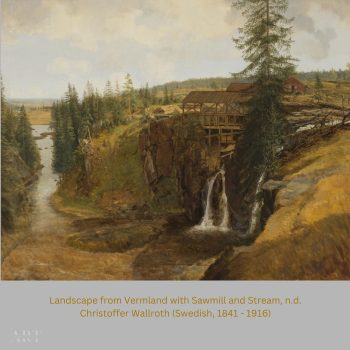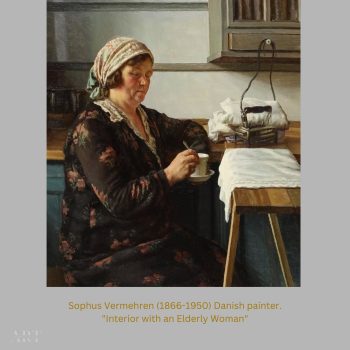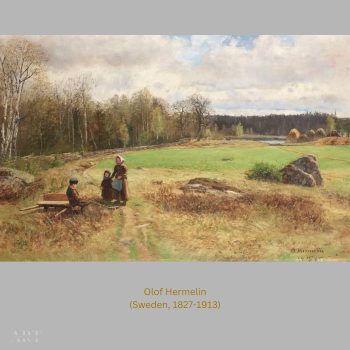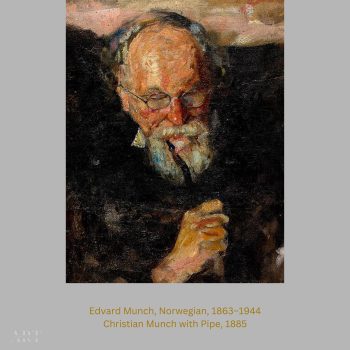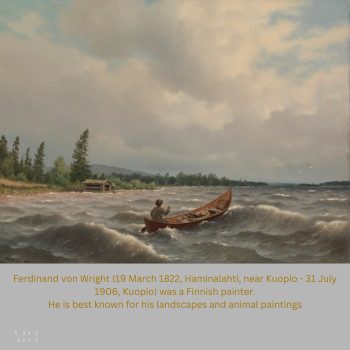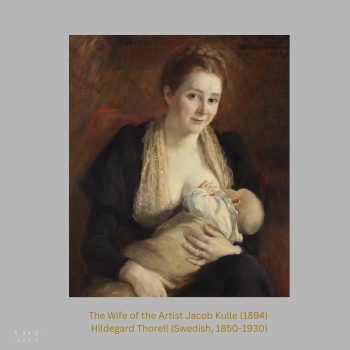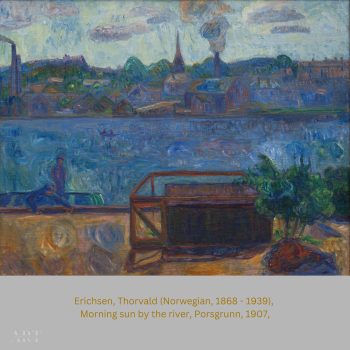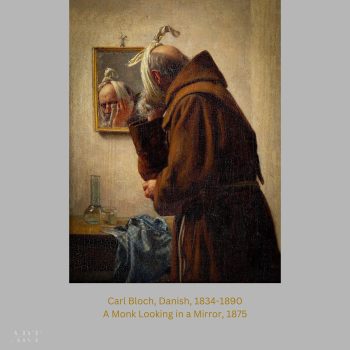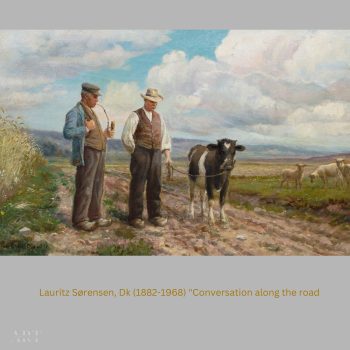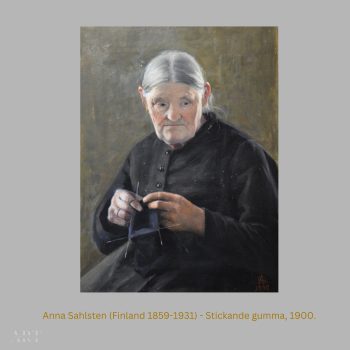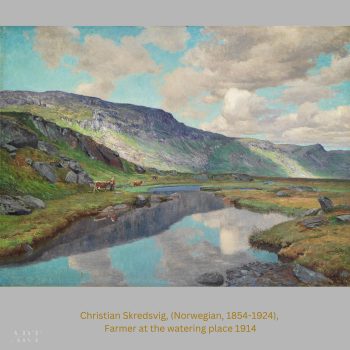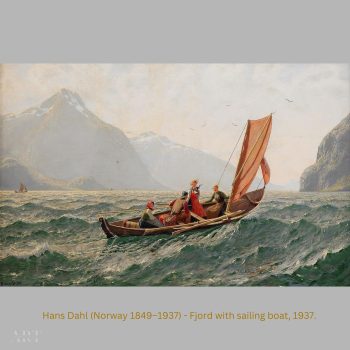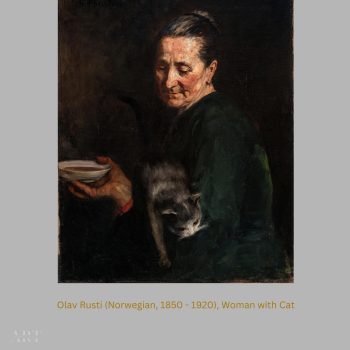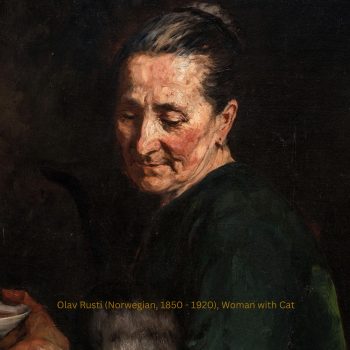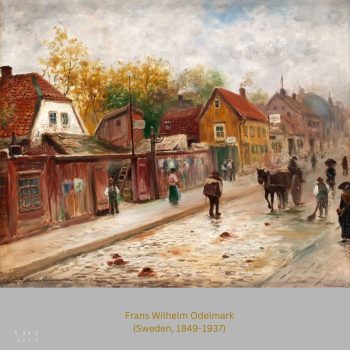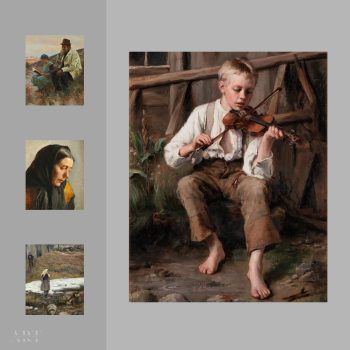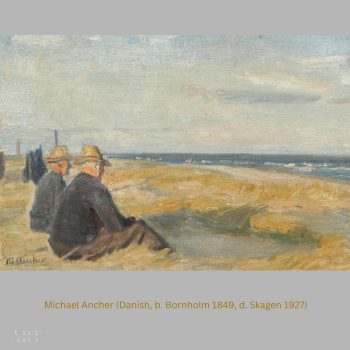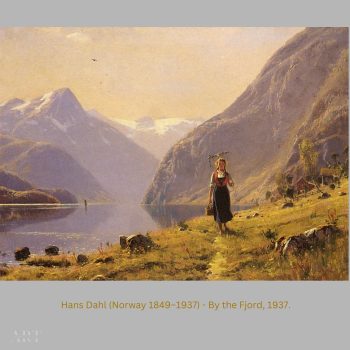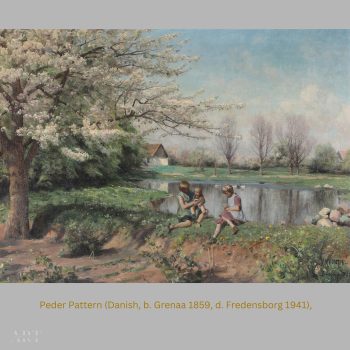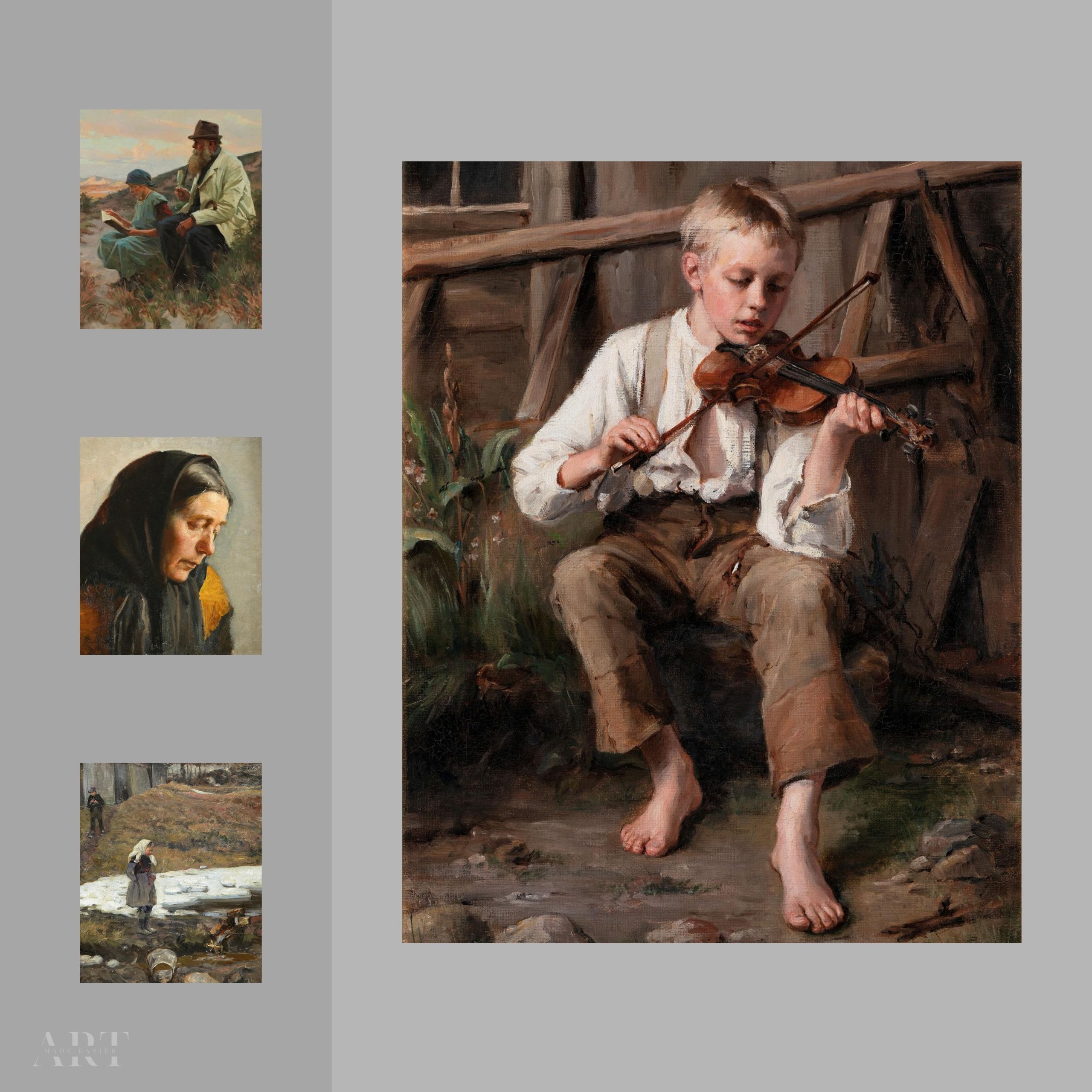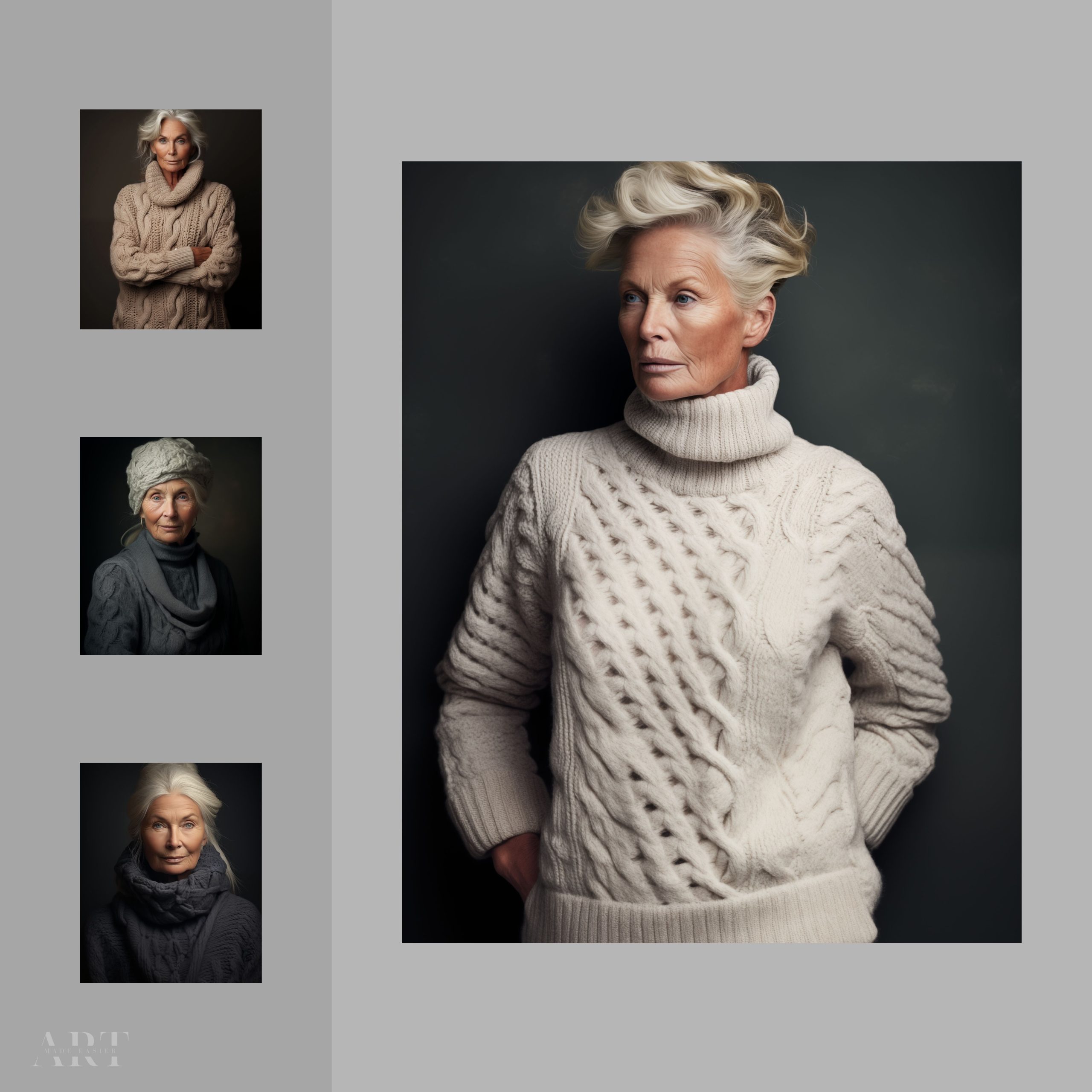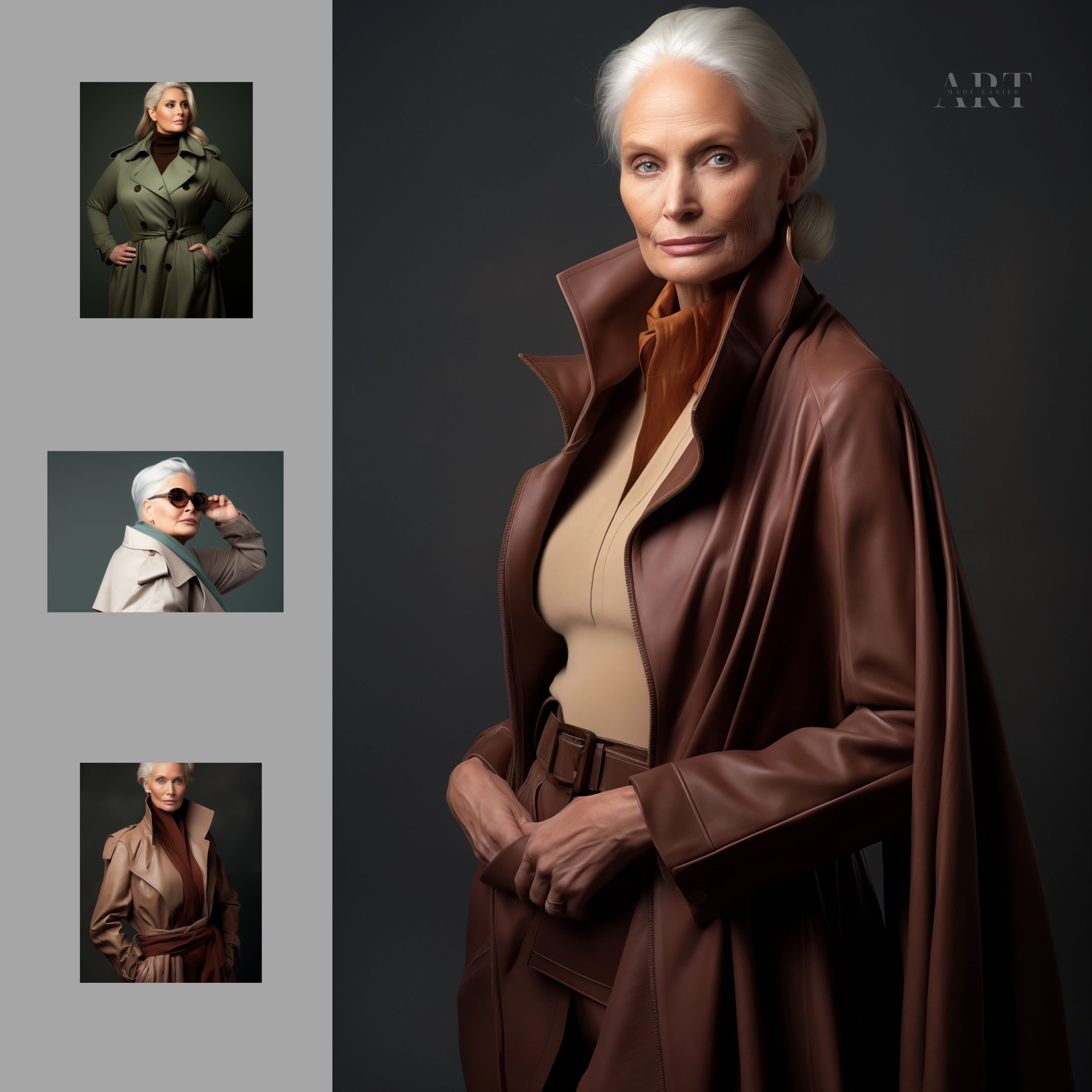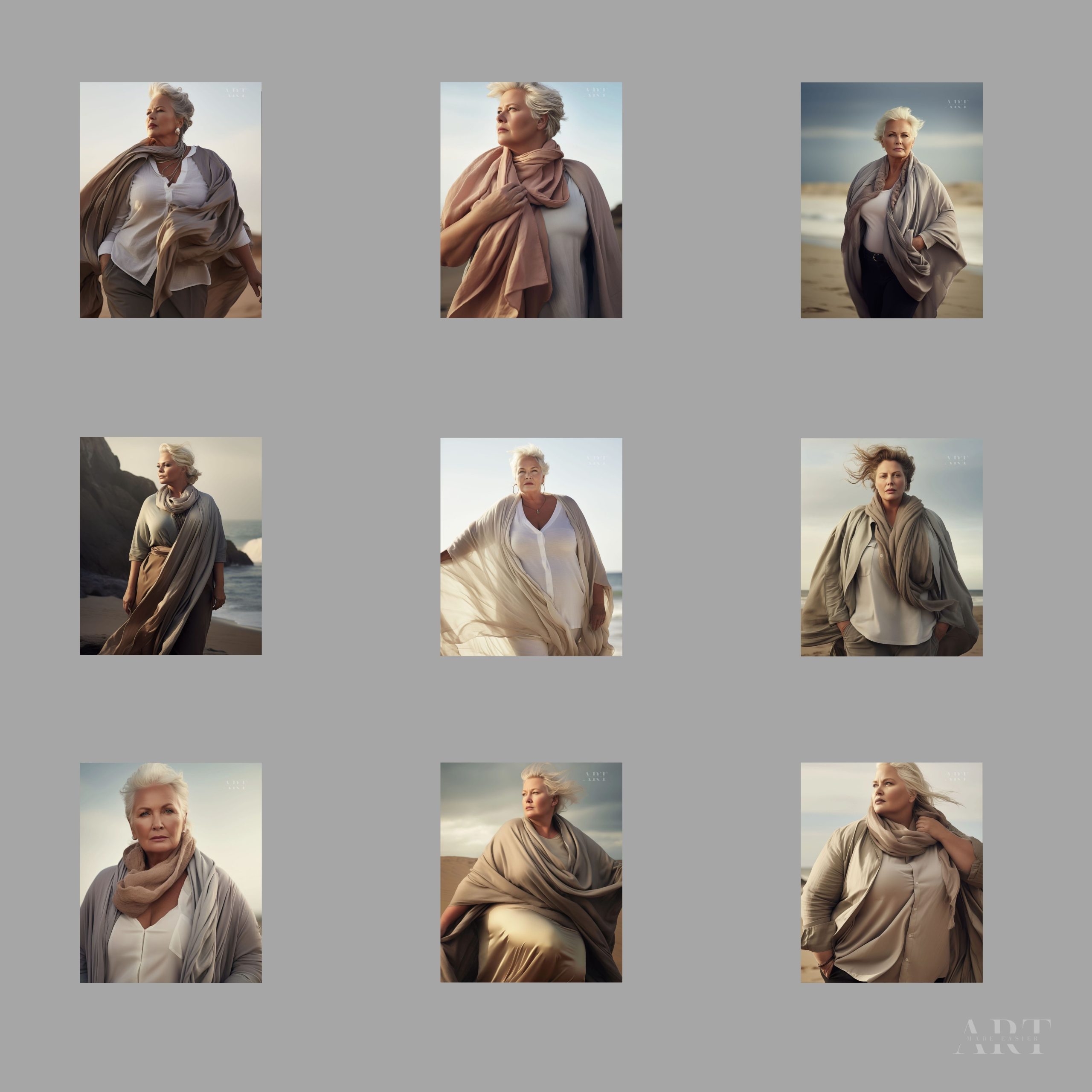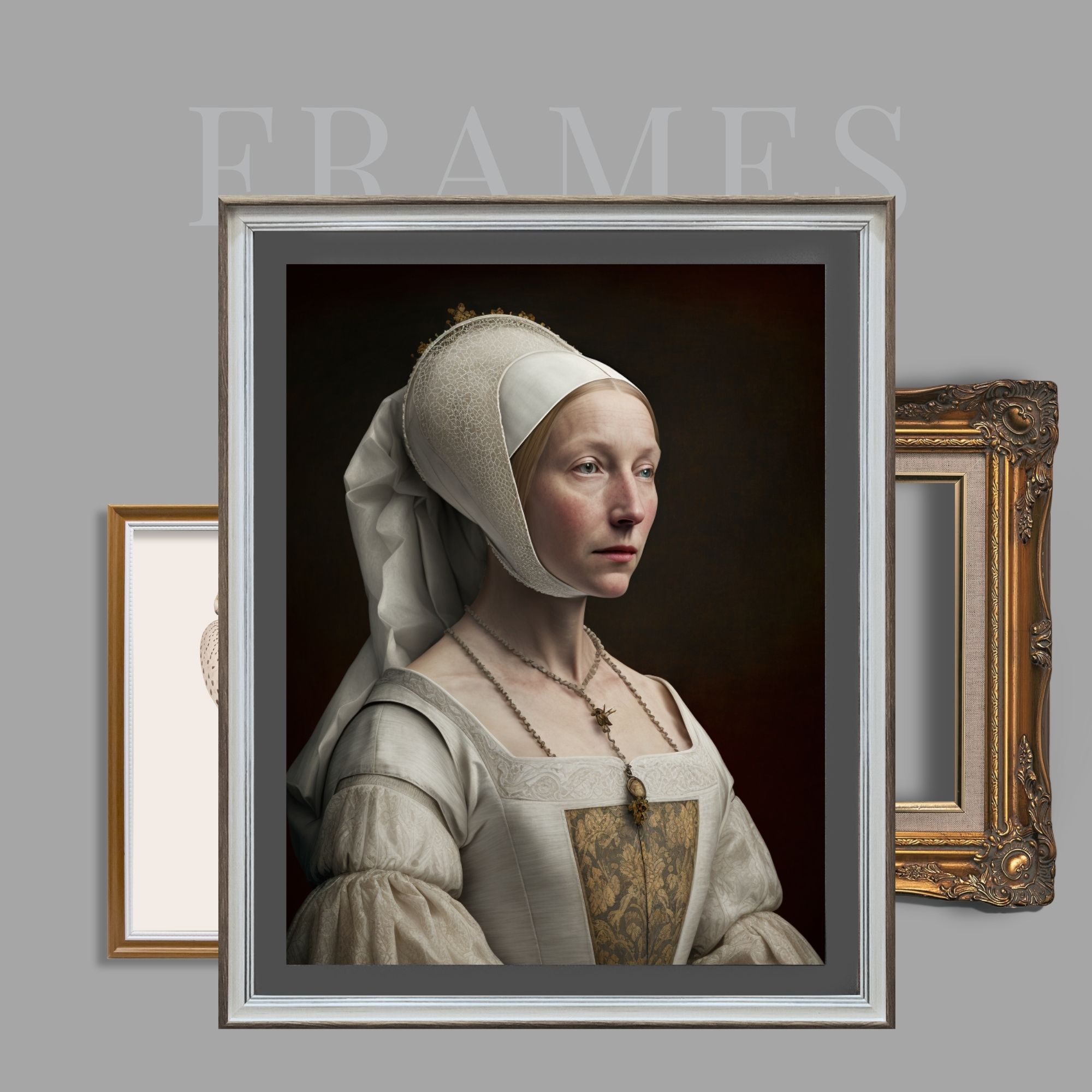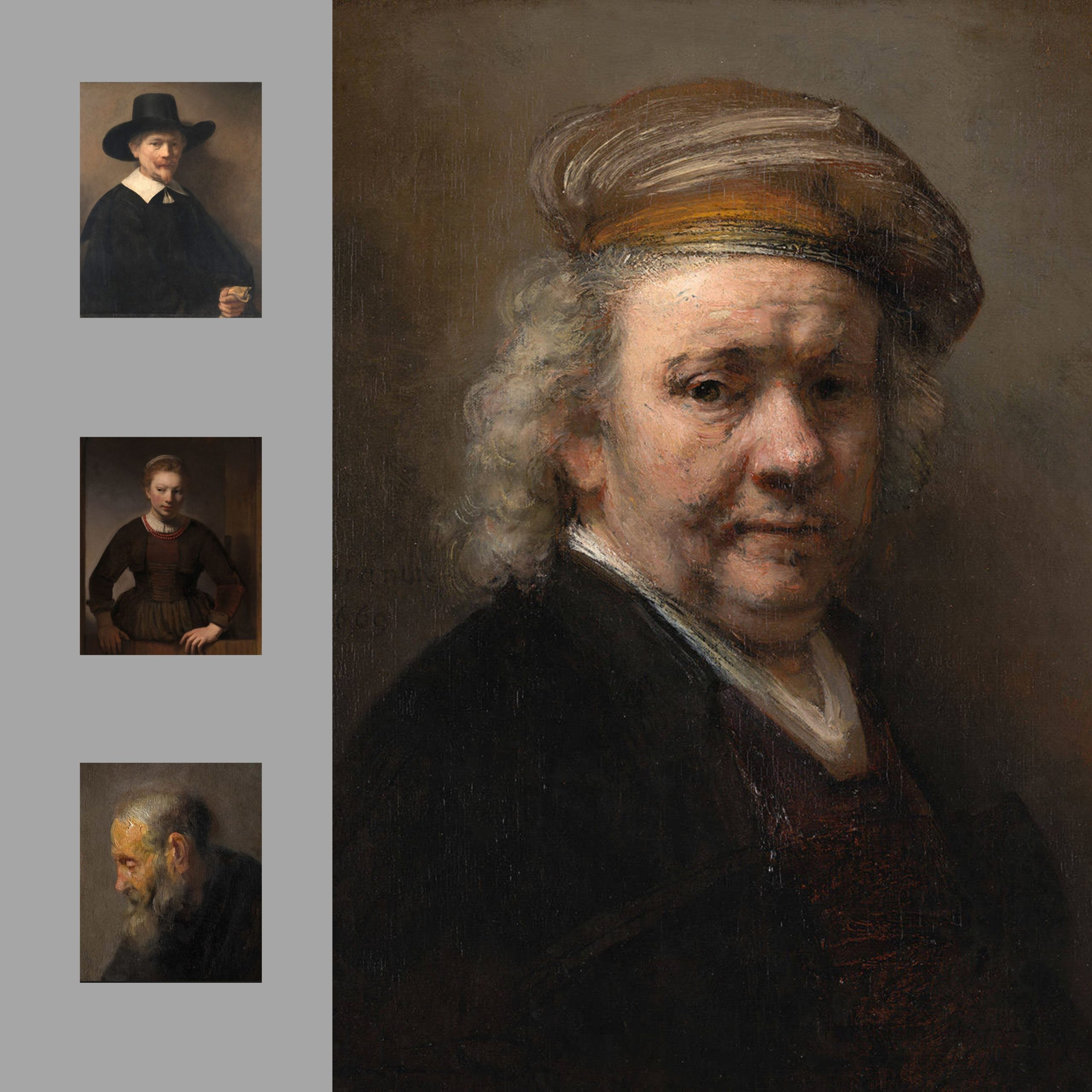Gleaning Wisdom From The Dutch Masters – 7 Pieces Of Advice – 70 Pictures
In the bustling, candlelit studios of 17th-century Holland, something extraordinary happened. Artists like Rembrandt van Rijn, Johannes Vermeer, Frans Hals, and Jan Steen crafted works so rich in detail, emotion, and atmosphere that they remain among the most celebrated masterpieces in art history. Their influence continues to shape the creative sensibilities of painters, photographers, and visual storytellers across centuries.
But what exactly can a modern-day artist glean from these Dutch masters? What secrets lie beneath the varnished surfaces of their canvases? Let’s uncover the timeless wisdom of the Dutch Golden Age and explore how its visual language can still inspire today.
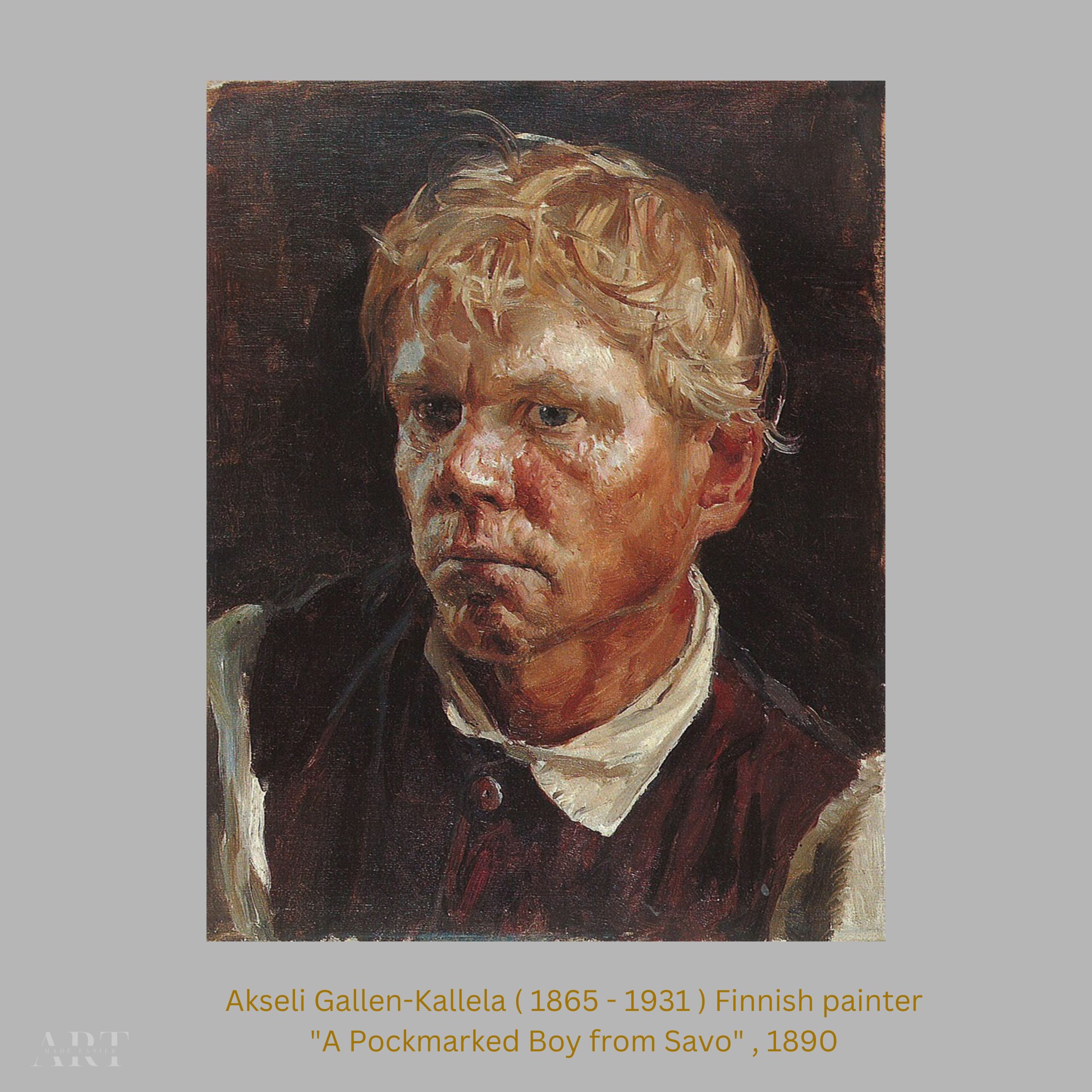
1. Light as Narrative: The Chiaroscuro Effect
One of the most iconic features of Dutch painting was the use of chiaroscuro — the dramatic interplay of light and shadow. Rembrandt, in particular, mastered this technique to create intense mood, draw the eye, and shape character.
Takeaway for the Modern Artist:
Whether you’re behind a lens or holding a brush, think of light not just as illumination, but as storytelling. Position it with intention. Use it to sculpt a subject’s emotions, frame a narrative, or guide your viewer’s eye. Consider how a single source of directional light (a window, candle, or softbox) can shape realism and intimacy in your work.
2. Muted and Earthy Color Palettes
Unlike the vivid saturation of Renaissance art, Dutch painters leaned toward earthy, muted tones — ochres, umbers, lead whites, and soft blacks. Vermeer’s iconic blues were achieved with expensive ultramarine, balanced by warm yellows and browns, creating depth and harmony.
Common color schemes included:
-
Warm ochres and cool grays
-
Rich umbers paired with soft whites
-
Deep blues contrasted with golden tones
Takeaway for the Modern Artist:
Don’t underestimate the power of restrained color. A limited palette can evoke a timeless mood and allow the subject to breathe. This is especially relevant for photographers who work in natural light or for painters looking to add atmospheric richness without overwhelming chroma.
3. Themes: The Beauty of The Everyday
While religious themes dominated earlier European art, Dutch artists found poetry in the mundane — a woman reading a letter, children playing, a tavern brawl, or the quiet dignity of a still life. This celebration of domestic life, work, and leisure gave their art a grounded, human quality.
Takeaway for the Modern Artist:
There is profound beauty in the ordinary moment. Look to daily life for stories worth telling. A quiet interior, a weathered face, or a simple meal on a table can carry emotional weight and cultural insight. Like Vermeer, seek stillness. Like Steen, find humor and humanity.
4. Composition: The Quiet Architecture Behind the Image
At first glance, many Dutch Golden Age paintings appear spontaneous — a maid pouring milk, children causing mischief, a candlelit gathering. But beneath these seemingly casual scenes lies carefully constructed composition. Artists like Vermeer used tools such as the camera obscura to study perspective and light. Diagonal lines, strong focal points, and balanced negative space were not accidents — they were the quiet architecture of the image.
Even chaotic scenes had intentional rhythm and structure. Rembrandt arranged figures in dynamic diagonals. Vermeer often placed subjects along carefully plotted geometric grids. The golden ratio and rule of thirds were subtly at play, guiding the viewer’s eye and creating a sense of harmony.
Takeaway for the Modern Artist:
Whether you’re behind a camera or holding a brush, understand that good composition is invisible but powerful. It doesn’t shout; it guides. Use structure to support your story — not to restrict it. Frame your subjects with intention. Let geometry and flow enhance the emotional tone of your work. A well-composed image draws the viewer in and holds them there without them even realizing why.
Takeaway for the Modern Artist:
Behind every great piece is structure. Use compositional tools — rule of thirds, leading lines, negative space — to create balance and guide the viewer. Whether you’re painting or photographing, composition is where emotion and geometry meet.
5. Detail and Texture:
From the luminous lace collars in a Hals portrait to the gleaming pewter of a still life, Dutch art was obsessed with texture and material realism. Surfaces were not just painted — they were rendered, with love and precision.
Takeaway for the Modern Artist:
Give attention to surface detail and texture. A well-worn jacket, the gloss of fruit skin, the aging wood of a tabletop — these elevate your work from representation to reverence. Especially for photographers and digital artists, lighting and post-processing can simulate this tactile realism.
6. The Artist’s Inner World
Rembrandt’s self-portraits — raw, aged, vulnerable — offer perhaps the deepest insight. He painted not for kings, but for the soul. While many Dutch artists catered to the rising middle-class market, the most enduring works often reflect a deep personal authenticity.
Takeaway for the Modern Artist:
Don’t just create to impress — create to express. Let your work reflect your worldview, your flaws, your questions. That’s what makes art endure. Even in commissioned or commercial projects, your voice is what connects.
7. Business Market Awareness
Dutch artists weren’t just creators — they were entrepreneurs. They sold to the rising merchant class, tailored their works to market demand, and often taught students in bustling workshops. Vermeer died poor, but others like Hals and Steen found success by balancing craft with commerce.
Takeaway for the Modern Artist:
It’s not selling out to be strategic. Learn the business side — understand your audience, price your work wisely, and network like a master. But never let the market fully dictate your message.
Their genius wasn’t just in what they painted — it was in how they saw.
And that way of seeing? That’s still the real masterpiece.

